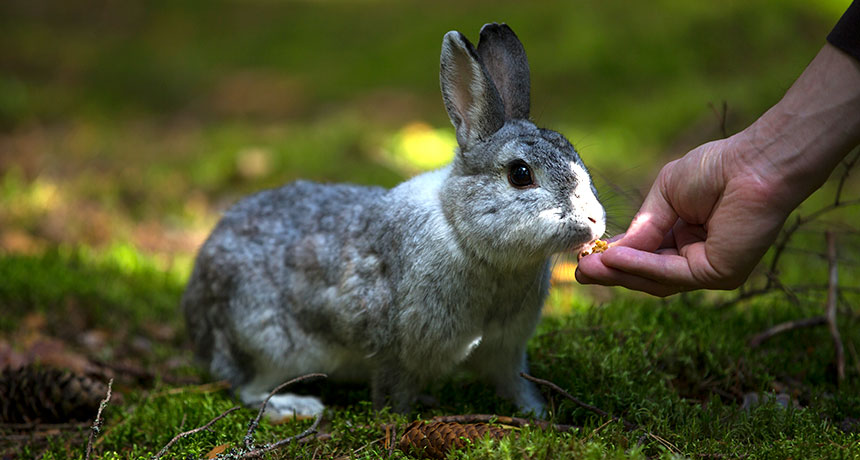Study debunks fishy tale of how rabbits were first tamed
A pope’s proclamation that bunnies are fish, so can be eaten for Lent may never have happened

RABBIT TALE Rabbits came from the Iberian Peninsula and Southern France, but scientists are still debating how the animals became domesticated.
Olga1969/Wikicommons (CC BY 4.0)